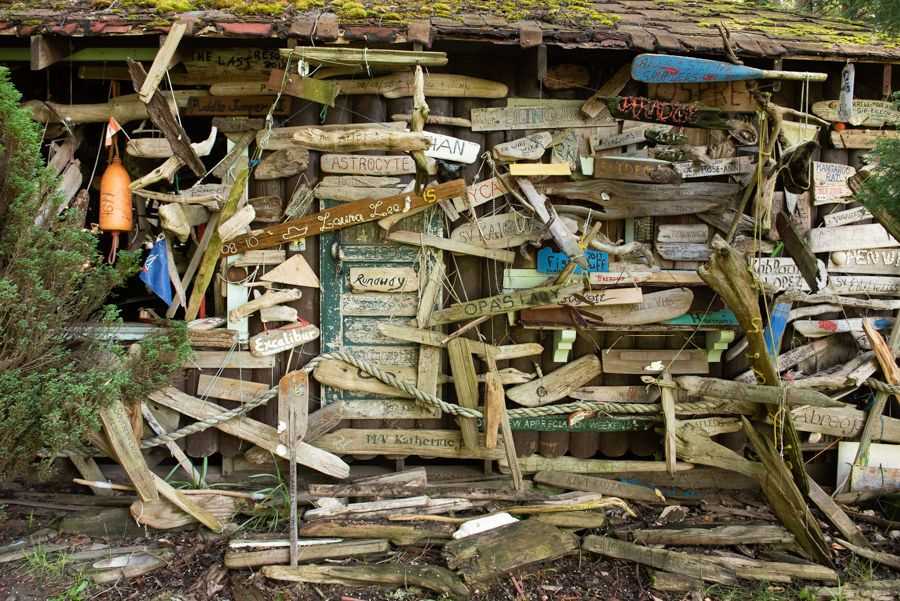The evening took us north from the US-Canadian border into the Strait of Georgia, and in the eventual company of a cluster of sliver-shaped islands. One of these smaller spits of land is Wallace Island, this morning’s destination. With everything from beautifully forested trails, to minks running through the undergrowth, to charming historical remains left over from its earlier inhabitants, this place takes you in. Needless to say that Wallace Island offered a little something for everyone today.
Just offshore, a marine legacy is in the making. Spending the latter part of the morning in our fleet of Zodiacs, we came across scientists from Parks Canada who were busy surveying offshore for areas of important habitat and archeological significance. From our Zodiacs we observed the team working from the research vessel. David Thompson drove above the wreck of Panther, a 150-year-old sailing clipper and permanent fixture of the Georgia Strait. More impressive was when we stopped by to chat with the crew and learned that they were the very ones behind the discovery of the once-fabled remains of the Franklin Expedition’s Erebus and Terror that were lost in 19th-century while searching about for the Northwest Passage.
Our morning ashore turned into an afternoon at sea as we continued north toward Alaska. Along the way we were treated to the uncommon sighting of three individual transient killer whale pods. (Transients are Orcas that eat only marine mammals, opposed to fish or sharks as other killer whales in the area do.) The pods were seen feeding near one another. This sight is unusual for the fact that these whales are known for traveling in small, isolated pods that are not given to forage with one another. With the Vancouver skyline in the distance and orca acrobatics at our feet, this encounter was more than enough to set an impression.







